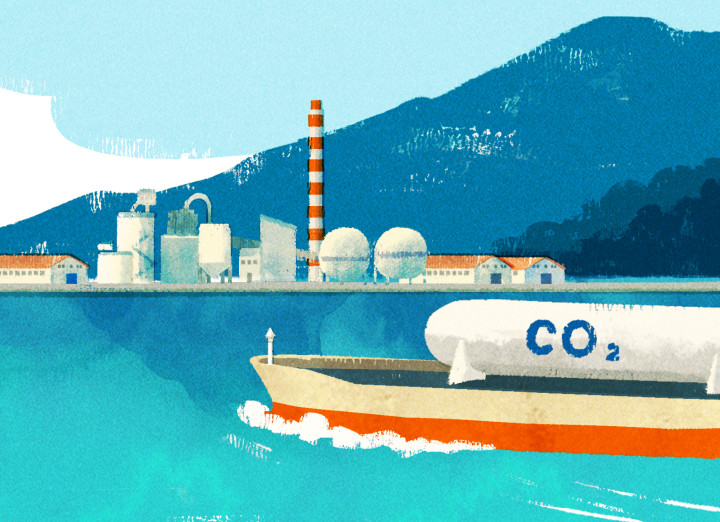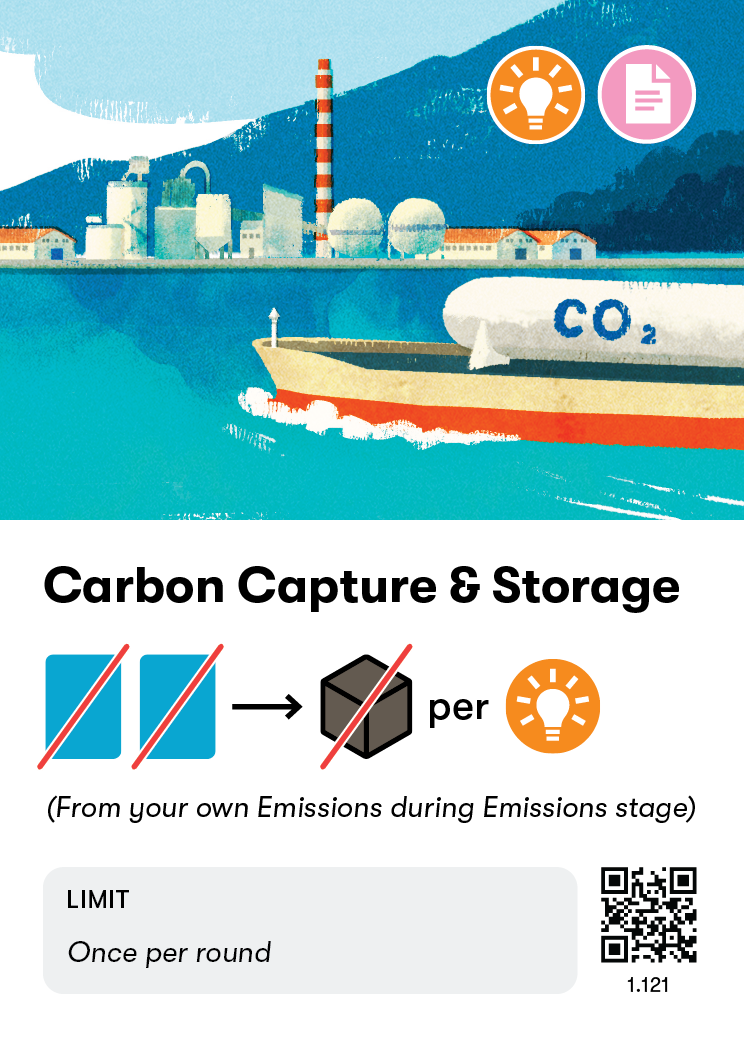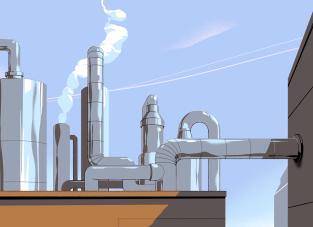Carbon Capture & Storage
Local Project
Carbon capture and storage refers to the removal of some or all carbon dioxide (CO2) from an energy generation process, like from burning coal in a factory, and storing the CO2 permanently so it cannot be released into the atmosphere. It is usually concentrated and stored underground. This technology can be applied to any source that burns fossil fuels for energy, including power plants, heat sources in heavy manufacturing, or fuel refineries.
Carbon capture and storage is a very new technology, and as of 2021 it only captures 45 metric tons of CO2 a year, which represents less than .1% of global emissions. This technology would need to scale up dramatically in order to be effective.
Carbon capture faces several obstacles: chiefly, that carbon capture technology requires significant financial investment to put in place and needs a source of electricity to operate. Many critics of carbon capture and storage worry that investing in this solution may come at the expense of investments in renewable energy by prolonging our use of fossil fuels and siphoning away funding.
Still, it may be necessary to use carbon capture and storage for at least several decades to lessen the impact of fossil fuels while we transition to clean sources of electricity. Fortunately, there are efficiencies appearing in this field – some engineers have come up with a novel way to produce electricity using CO2 captured from fossil gas (sometimes called ‘natural’ gas) and then store the CO2.
During the Emissions stage, before adding your Carbon cubes to the Recent Emissions area, discard 2 cards from your hand. Remove 1 Carbon cube from your Emissions per Innovation tag in this card's stack.
You may take this action once per round.

Technological Carbon Removal (Systems Change Lab)
Carbon Capture and Storage (World Resources Institute, WRI)
Carbon capture utilization and storage(International Energy Agency, IEA)
Advocate for research and investment in appropriately scaled carbon offsetting projects, managed transparently and with protections against corporate land buy-ups and any siphoning of funds from other mitigation activities.
If you use carbon offsetting, ensure it is a very last resort compared to changing your processes and activities wherever possible.
Check that any carbon offsetting that your work uses is accredited and does not distract from or replace genuine climate action.



